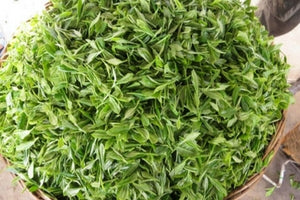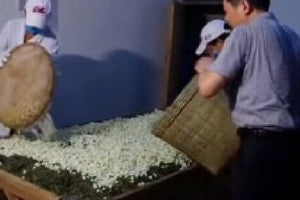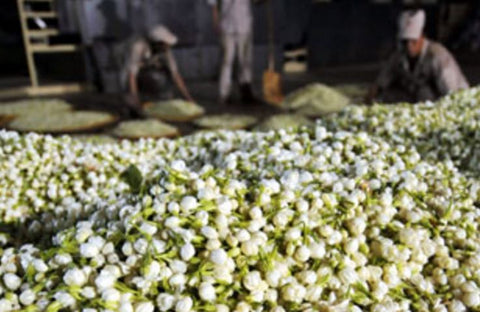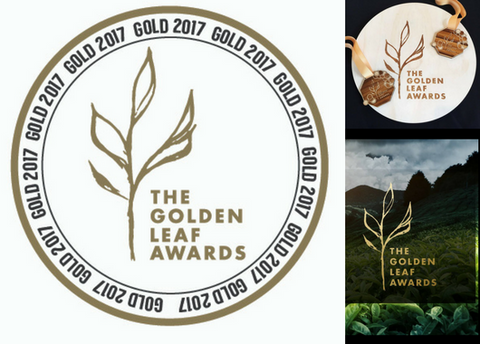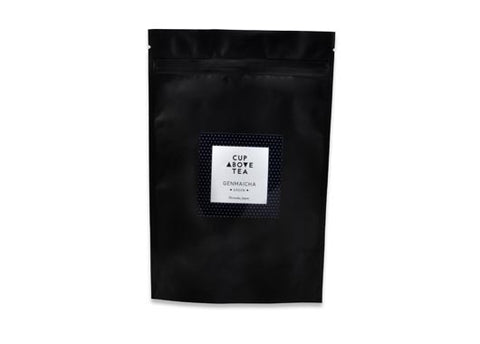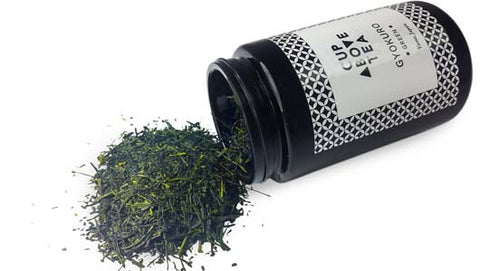Meng Ding Jasmine - scented green tea
$3.95

| Style | Scented Green Tea | |
| Origin | Meng Ding, Sichuan Province, China | |
| Season | April – green tea, July – jasmine flowers | |
| Altitude | 700m | |
| Batch | SCJ1 | |
| Plant | Ming Shan #131 (70% bud 30% 1 bud to 1 leaf) | |
| Tea Master | Master Li |
The perfect balance of floral and fresh. This tea is ethereal, and production is limited. Master Li sources the spring tea from a handful of local gardens. He scents the buds with jasmine flowers layered by hand, at a ratio of 60:40. It takes him three weeks to craft just one batch. No chemical fertiliser, pesticide, or herbicide was used in the production of this tea.

The Stories We Drink
|
Jasmine tea masters always try to make their own unique style of jasmine tea. Master Li has carved out a reputation for his equally high quality standards when it comes to both the green tea base and the jasmine flower. He focuses on both equally and is careful not to mask the green tea with heavy scent. He uses tiger’s palm (unopened) jasmine buds and a scenting method that most tea masters find too laborious, expensive and time consuming to execute. Master Li is critical and careful about the base tea he selects each season. Meng Ding Mountain is an increasingly popular tourist spot and as a result, many of the tea producers in the area focus on quantity rather than quality of tea. They use lots of fertilisers and prune the tea bushes heavily to increase output and quantity, which they then easily sell to visiting tourists who aren’t as discerning about quality. Once satisfied with his green tea base, Master Li stores it carefully in a controlled climate until summer. Come May he starts to source his jasmine flowers for the season. He seeks out jasmine that is not completely bloom, but that is slightly more open than a bud. This stage of jasmine growth is known as ‘tigers palm’ and it is when the jasmine has its most desirable aroma and enduring scent, which will last up to 12 hours after it is picked. A few hours before Master Li’s jasmine is picked and brought to him from the field, he spreads a layer of tea leaves about 5cm high. As the jasmine is unloaded he places a thin layer over the top of the tea leaves so they are covered. Master Li continues the layering around four or five times, until the pile is around 20 cm tall. Master Li leaves the pile to absorb the flavour for about five hours. Then he agitates the pile and mixes the tea and jasmine together, removing the distinct layering of earlier. This process triggers the jasmine flowers to oxidise and they release heat. Master Li wants to make sure the heat is dispersed evenly and this mixing process helps to distribute the scent uniformly throughout the batch. Depending on the weather conditions and humidity levels, Master Li will leave the tea scenting for another six hours. Next, he uses a separating tool to shake the jasmine out of the tea leaves, leaving two separate piles. He takes the tea leaves and roasts them quickly to remove the water that is released as the jasmine flowers heated up during oxidisation. Then, he rests the tea for 24 to 48 hours before beginning the entire process all over again. To ensure excellent endurance of scent, Master Li repeats this five times. It takes him three weeks to finish a single batch to his satisfaction. The jasmine petals you see in the finished tea are actually purely decorative. The petals have been dried to prevent them from discolouring. They don’t actually scent the tea, rather it is all Master Li’s hard work during the three weeks of layering that gives the tea its scented flavour. Because of the time and effort involved to create a single batch of high quality jasmine tea, many producers simply scent their tea using artificial or ‘natural’ flavours (buyer beware, natural flavour does not mean using real jasmine!), or they add additional scents to help turbo charge the flavour and aroma so they don’t have to repeat the scenting process so many times. Magnolia is often used to shortcut the process. In lower quality scented teas you will notice that the jasmine scent is only strong on the first infusion. In fact, it will be so strong you can’t really detect the flavour of the green tea base. With Master Li’s tea, you can get up to six separate infusions from the one set of leaves and still have a strong jasmine scent coming through with each steep. In Chinese medicine, jasmine is believed to help to balance body heat, clear eyes, detox liver, improve circulation, assist in lowering cholesterol and improving digestion and promotes a sense of overall calm and relaxation. |
|
Craftsmanship








